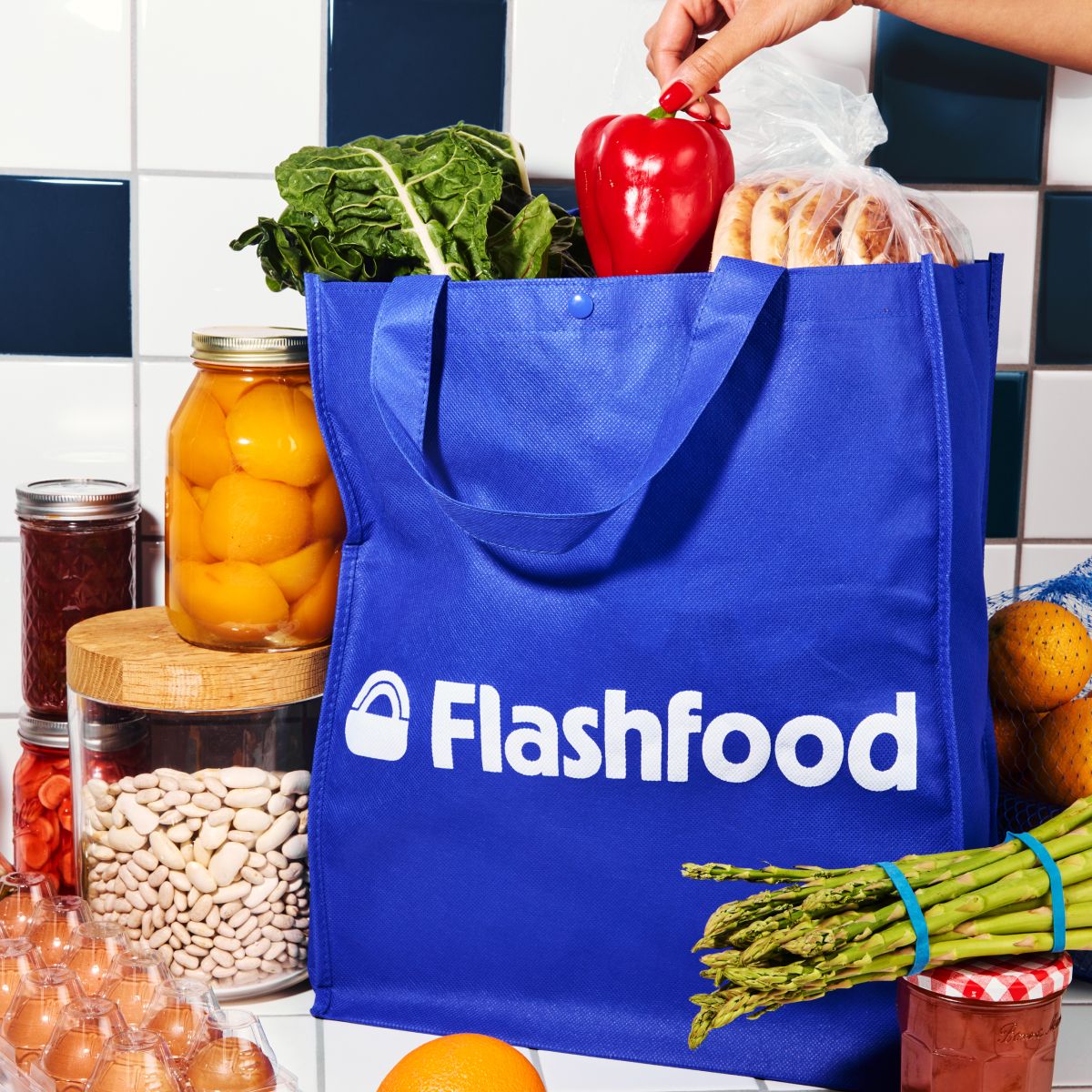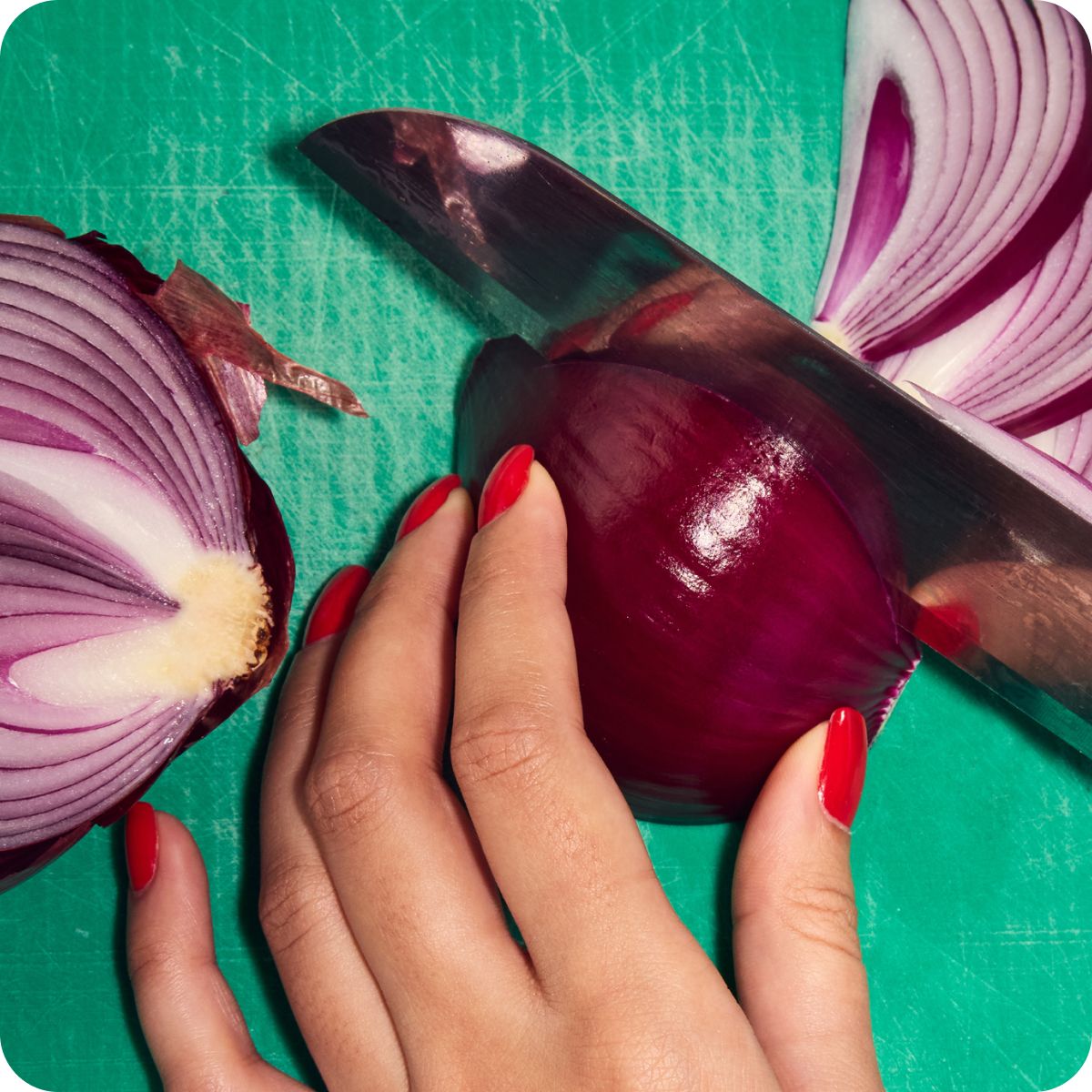
Press
For press inquiries and interview requests, please email [email protected]
News Releases
Media kit
Need our official logo pack, visuals assets, or brand photography? Find all of that and more in our resources below.

For press inquiries and interview requests, please email [email protected]

© Flashfood Inc. 2025. All rights reserved.
